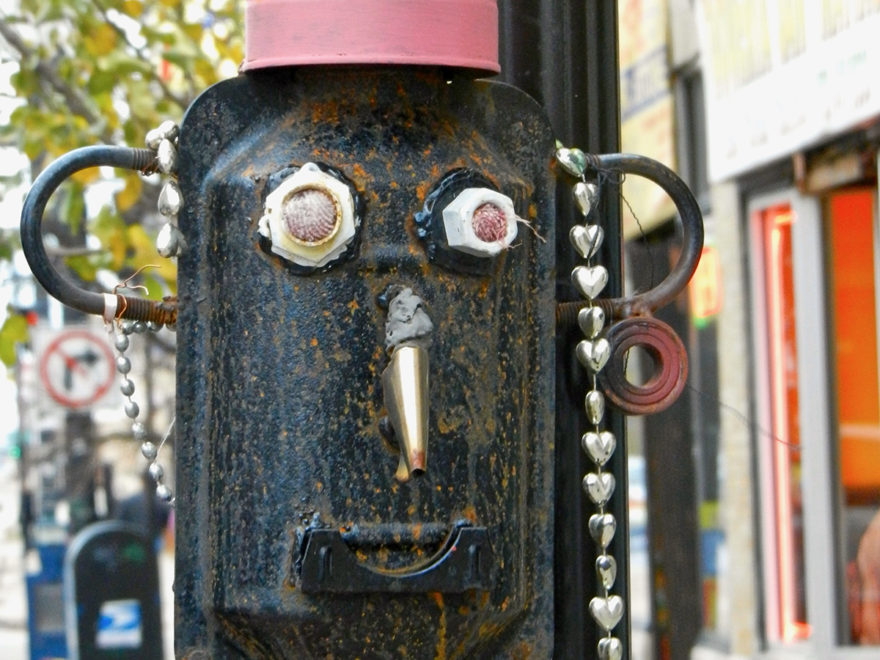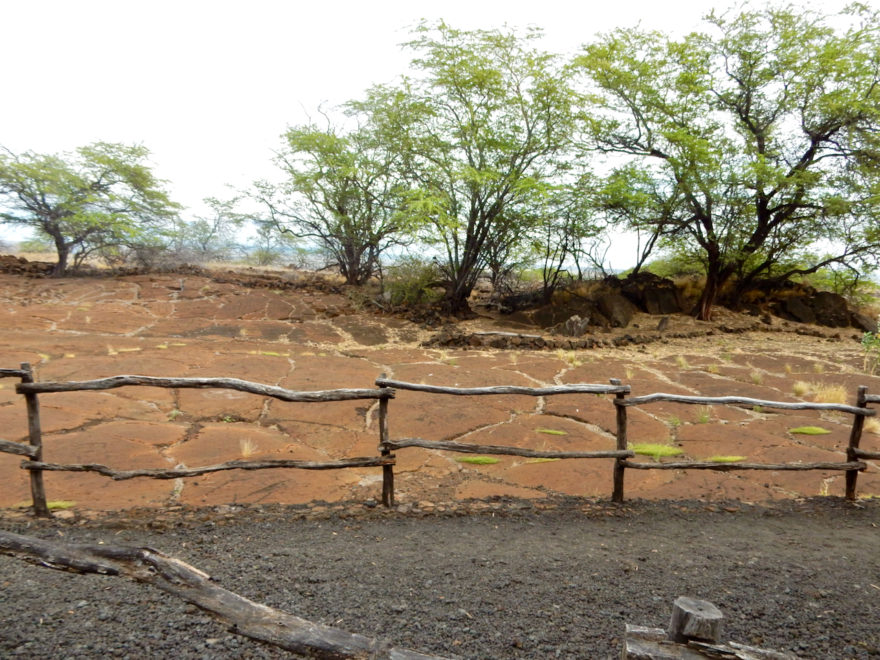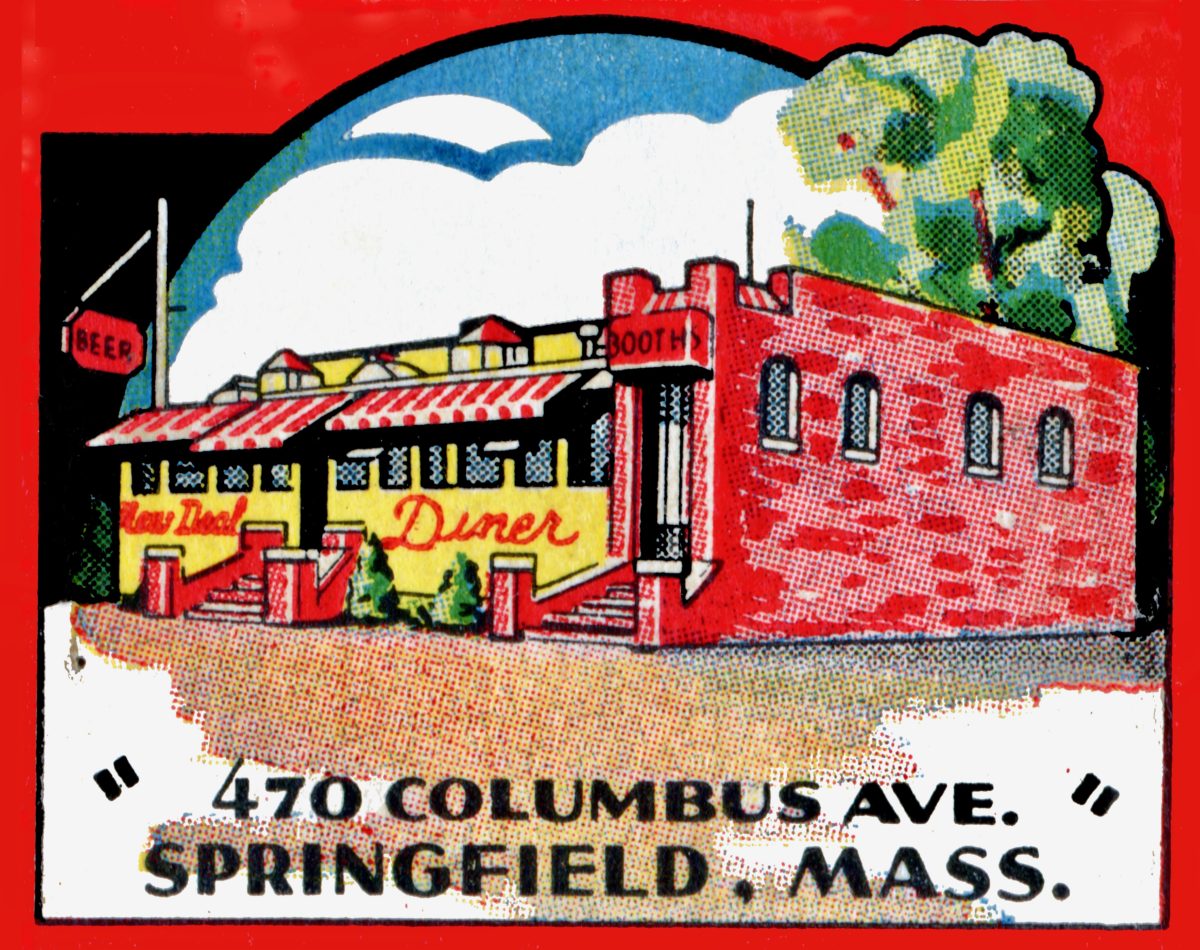Calling muffler people “the last American folk art” may be a bit of an exaggeration, but not by much. If you accept a fairly rigorous definition of folk art, much of what is called folk — whether art, music, or craft — isn’t. That is, it’s not made by artists working from within a communal creative context, artists whose roots are in local or regional traditions more than in mass culture or eccentric visions. To say that Bob Dylan was never an actual folk singer or Howard Finster a folk artist does not diminish their talent or even their authenticity
Continue reading








